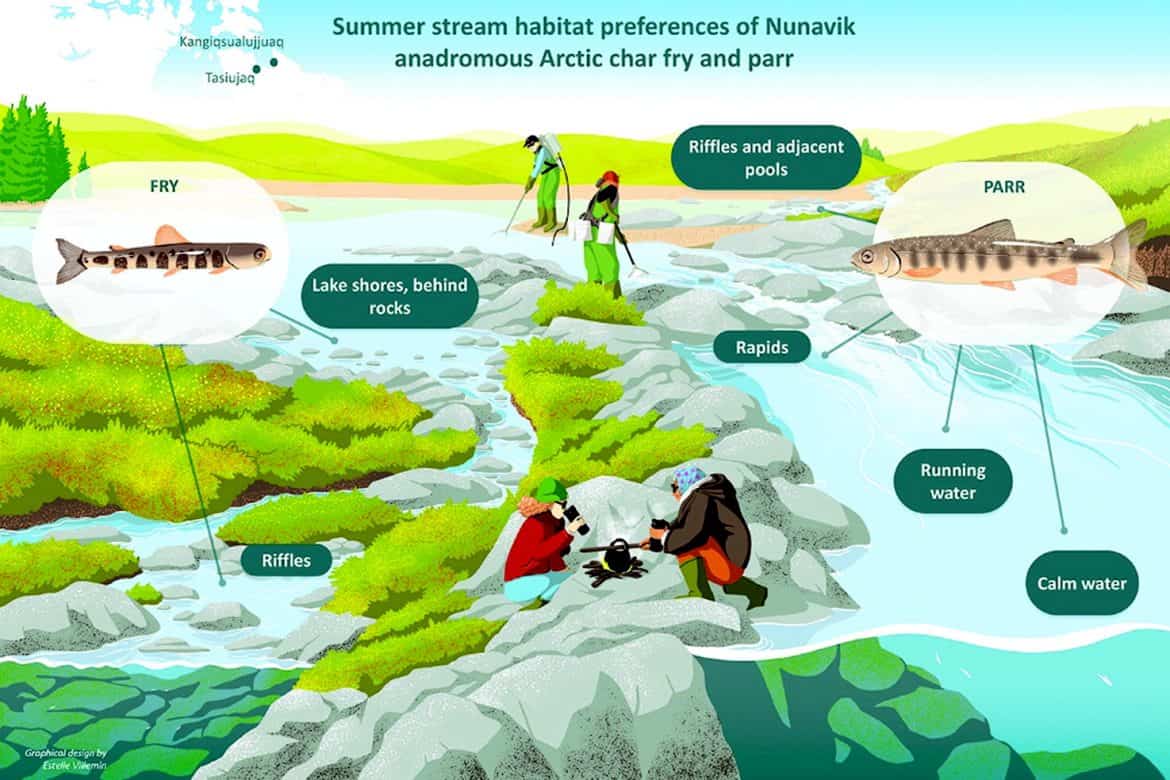This blog is an extension of the business case you can find here:
https://noorjax.com/portfolios/nunavik-ecosystem/
Nunavik, located in the northern part of Quebec, Canada, is a region of stunning natural beauty and rich cultural heritage. Nunavik is home to Inuit communities. Inuit are a group of culturally similar indigenous peoples inhabiting the Arctic and subarctic regions of Greenland, Labrador, Quebec, Nunavut, the Northwest Territories, and Alaska. This remote area faces unique challenges when it comes to food security. Ensuring a steady supply of nutritious and culturally appropriate food for its residents is a pressing concern. In the last regional health survey, conducted in 2004, close to one in four persons reported having lacked food during the month preceding the survey. In this blog post, we will delve into the challenges Nunavik faces regarding food security.
Challenges to Food Security in Nunavik:
Geographical Isolation: Nunavik’s remote location and harsh climate make transportation of goods difficult and expensive. The region is accessible mainly by air or sea, leading to high transportation costs that drive up food prices.
Limited Local Food Production: The short growing season and cold climate in Nunavik make traditional agriculture challenging. Most of the food consumed is imported, leading to dependency on external sources.
High Cost of Living: The combination of transportation costs, limited local production, and the high cost of energy contributes to elevated prices for basic goods, including food items.
Cultural Relevance: Traditional Inuit diets are rich in seafood, but the availability of affordable, high-quality traditional foods has decreased due to factors such as overfishing and environmental changes.
Let’s expand a little bit on the last point.
As a source of economic growth, Nunavik is developing its own commercial fisheries. Fisheries are targeting shrimp. Shrimp is not a subsistence food source, but shrimp is a main food source for important foods like Arctic Char.
Biomass, the total mass of living organisms in a given area, is a fundamental indicator of an ecosystem’s health. When industrial fishing is introduced to a region, it can trigger a cascade of effects on the biomass of various species. Targeted species, such as commercially valuable fish, experience population decline due to overfishing. This can disrupt the balance between predator and prey, trigger trophic cascades, and even lead to the decline of non-target species, previously kept in check by the predators now being harvested.
The effect of these industrial fisheries on the food security of Nunavik is yet to be discovered. In all cases, there are measures that can be taken to reduce the negative impact such as:
Fisheries Management: Implementing and enforcing strict quotas, size limits, and fishing seasons can help prevent overfishing and allow fish populations to recover.
Marine Protected Areas (MPAs): Establishing MPAs creates safe havens where marine life can thrive without human interference, aiding in the restoration of species biomass and the overall health of ecosystems.
Ecosystem-Based Management: Moving away from a single-species focus and adopting ecosystem-based management approaches can help maintain the delicate balance between species and their habitats.
Consumer Awareness: Educating consumers about sustainable seafood choices can create demand for responsibly harvested products and drive positive changes within the fishing industry.





